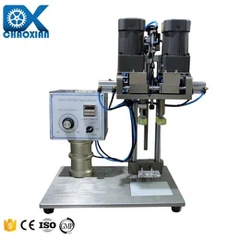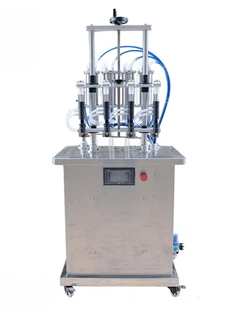What is the difference between a normal mixer and a vacuum emulsifier?
Sep 08, 2019
Leave a message
What is the difference between a normal mixer and a vacuum emulsifier?
Although both the ordinary mixer and the vacuum emulsifier use agitating materials to achieve complete mixing of the materials, even their heating and cooling methods are the same. Despite this, there is a clear distinction between ordinary mixers and vacuum emulsifiers.
The common mixer uses a high-powered agitating motor and is composed of a frame structure to provide a powerful agitation force. Solid/solid/liquid-liquid mixing requires the use of a mixer. With the slow mixing of the frame stirring and the high-speed operation of the dispersing disc which can reach 1400 rpm per minute, the material can be fully mixed. The materials of the group are fully dispersed to meet the material requirements of the material. The mixer can stir materials with a viscosity of 100,000 cps to 1,800,000 cps, so it is also commonly used for mixing and mixing of rubber.
Vacuum emulsifier is generally equipped with a smaller motor, the speed is relatively fast, and because the mechanical seal is used as a sealing device, the stirring force is not very large. The vacuum emulsifier is mainly used for the stirring of liquid-liquid, solid-liquid and other materials, and the viscosity of the material usually does not exceed 100,000 cps. The kettle body of the vacuum emulsifier is equipped with a homogenized head, which can quickly shear the material to make the material fully refined. After vacuuming and defoaming, the material produced has fine and smooth characteristics. Moreover, the material particles of the final product can reach the nanometer level, and if it is applied to human skin, it will be quickly absorbed by the skin. Therefore, vacuum emulsifiers are more commonly used in the production of thin materials such as cosmetics, creams, and pharmaceutical creams.
Send Inquiry





